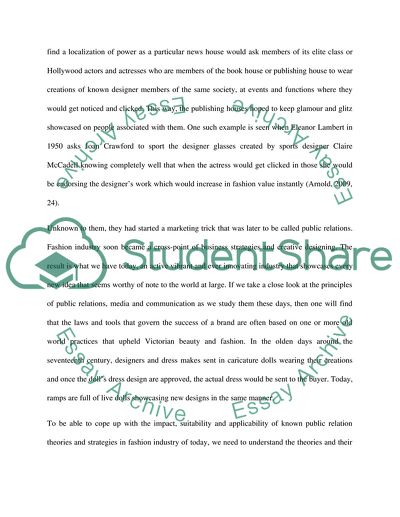Cite this document
(“Fashion PR Article Example | Topics and Well Written Essays - 2000 words”, n.d.)
Fashion PR Article Example | Topics and Well Written Essays - 2000 words. Retrieved from https://studentshare.org/journalism-communication/1668223-fashion-pr
Fashion PR Article Example | Topics and Well Written Essays - 2000 words. Retrieved from https://studentshare.org/journalism-communication/1668223-fashion-pr
(Fashion PR Article Example | Topics and Well Written Essays - 2000 Words)
Fashion PR Article Example | Topics and Well Written Essays - 2000 Words. https://studentshare.org/journalism-communication/1668223-fashion-pr.
Fashion PR Article Example | Topics and Well Written Essays - 2000 Words. https://studentshare.org/journalism-communication/1668223-fashion-pr.
“Fashion PR Article Example | Topics and Well Written Essays - 2000 Words”, n.d. https://studentshare.org/journalism-communication/1668223-fashion-pr.


